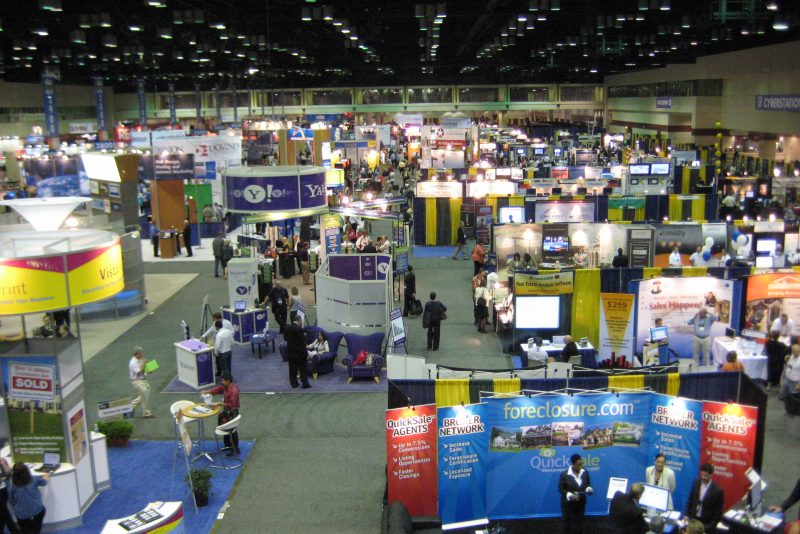Last year, when HP was trying to show off the performance of its ProLiant DL580 G7 servers running SAP code and using the HANA in-memory database from SAP to support its Business Warehouse data warehouse, the company chose the Business Warehouse Enhanced Mixed Load benchmark, or BW-EML for short, as a metric. (You can read all about the test here.) This is a new benchmark test, and therefore cannot be directly compared to earlier SAP tests such as the Business Intelligence Mixed Load (BI-MXL) or Data Mart (BI-D) tests that have been run on earlier generations of Power-based systems running OS/400, i5/OS, and IBM i.
The interesting bit about the BW-EML test, explains Ron Schmerbauch, who is an IBM i and DB2 performance guru at the Rochester Labs, is that it has both a load component and a query component running at the same time, like earlier tests. “But the data is changing as you are doing your queries, so it is very hard to tune it.” This test, says Schmerbauch, was specifically designed to show off the HANA in-memory database.
Schmerbauch says that IBM, which did its tests more than a year after HP did, went with a 32-core Power 750 machine for its tests because the typical IBM i shop has maybe four or eight, and sometimes 16, cores, and that way a 32-core machine would show some headroom over the typical customer’s needs. That Power 750+ machine had four Power7+ processors, each with eight cores and 32 threads, running at 4.06 GHz. The system was configured with 512 GB of main memory. While the SAP benchmark report doesn’t show this, IBM configured that Power 750+ with two dozen disk drives and a dozen SSDs to boost the performance of IBM i 7.1 and its integrated DB2 for i database.
The database IBM tested had 500 million records, which could fit into a machine with 32 cores; I am guessing here, but it would probably take a 64-core machine to do 1 billion records as HP tested with its pair of ProLiant DL580 G7 servers. The database was much larger than 512 GB, according to Schmerbauch, and would not fit in main memory.
Read more : http://www.itjungle.com/tfh/tfh082613-story02.html


